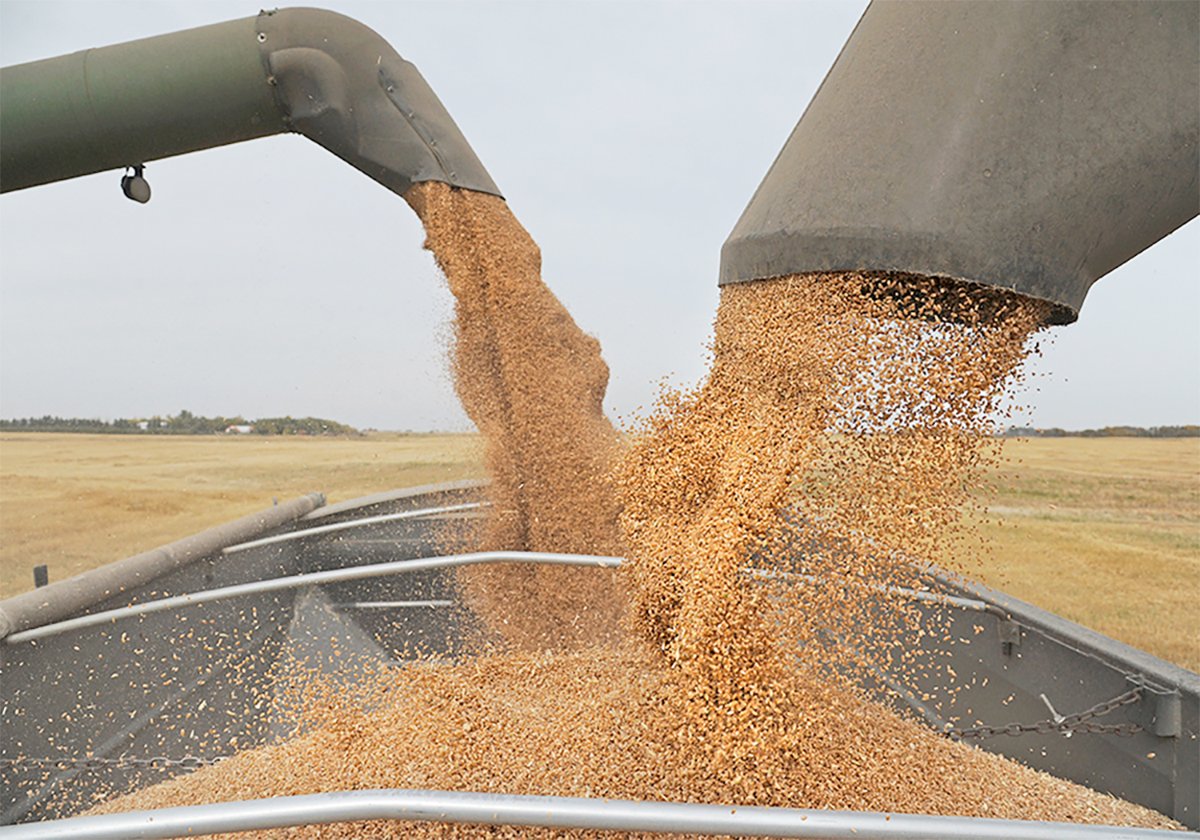THE Canadian Grain Commission’s new requirement that dealers be licensed and bonded is a welcome addition to the complement of regulations that help protect farmers in the buying and selling of grain.
However, risks remain and the industry and individual producers must continue to look for ways to manage them and ensure that contracts are enforced.
The move to mandatory licensing and bonding levels what had been an uneven playing field of licensed and unlicensed firms.
Confusion and uncertainty among farmers about the status of grain buyers should now be put to rest.
Read Also

Agriculture productivity can be increased with little or no cost
There’s a way to enhance agricultural productivity with little or no cost. It doesn’t even require a bunch of legislative changes.
The system also has drawbacks. Farmers pay directly when dealers pass on the costs of licensing and bonding. They also pay indirectly for the barrier that regulation presents to new industry entrants, potentially reducing competition.
But the main flaw is that it is not foolproof. While the system has fully protected farmers in several bankruptcies in recent years, in two cases many farmers lost thousands of dollars despite the companies being licensed and bonded.
In the more recent case, Venture Seeds Ltd., a mustard seed dealer that folded in 2004, the bond was inadequate to cover all the company’s business and 27 farmers who supplied grain got only 28 percent of what they were owed.
This is a case of farmers not getting good value for the cost of CGC licensing. By making its licences mandatory, the commission must acknowledge an increased responsibility to be vigilant when monitoring licensees and aggressively ensure they comply with regulations.
But even then, the system is flawed because the grain commission must rely on information licensees provide and occasionally a company may misrepresent itself and its financial status.
The CGC system would be enhanced if there was a companion system that guaranteed fulfilment of contract terms on a transaction-by-transaction basis.
In this regard, there is an interesting initiative by the Western Barley Growers Association under the Private Sector Risk Management Partnerships program, part of the Agricultural Policy Framework’s design to improve risk management by expanding the role of private sector providers of risk management products and services.
The association is developing a plan for a commodities clearinghouse run by those who use its services. Clearinghouses act as middlemen in transactions between two parties, standardizing contract rules, ensuring that payment is made and providing impartial conflict resolution.
The successful launch of such a service would mark a big step forward in reducing farmers’ commercial risk.
But even with such protections, farmers must respect the risk inherent in commerce and in all dealings they must exercise prudence and caution.
The ancient warning (slightly altered) still stands. Let the seller beware.














